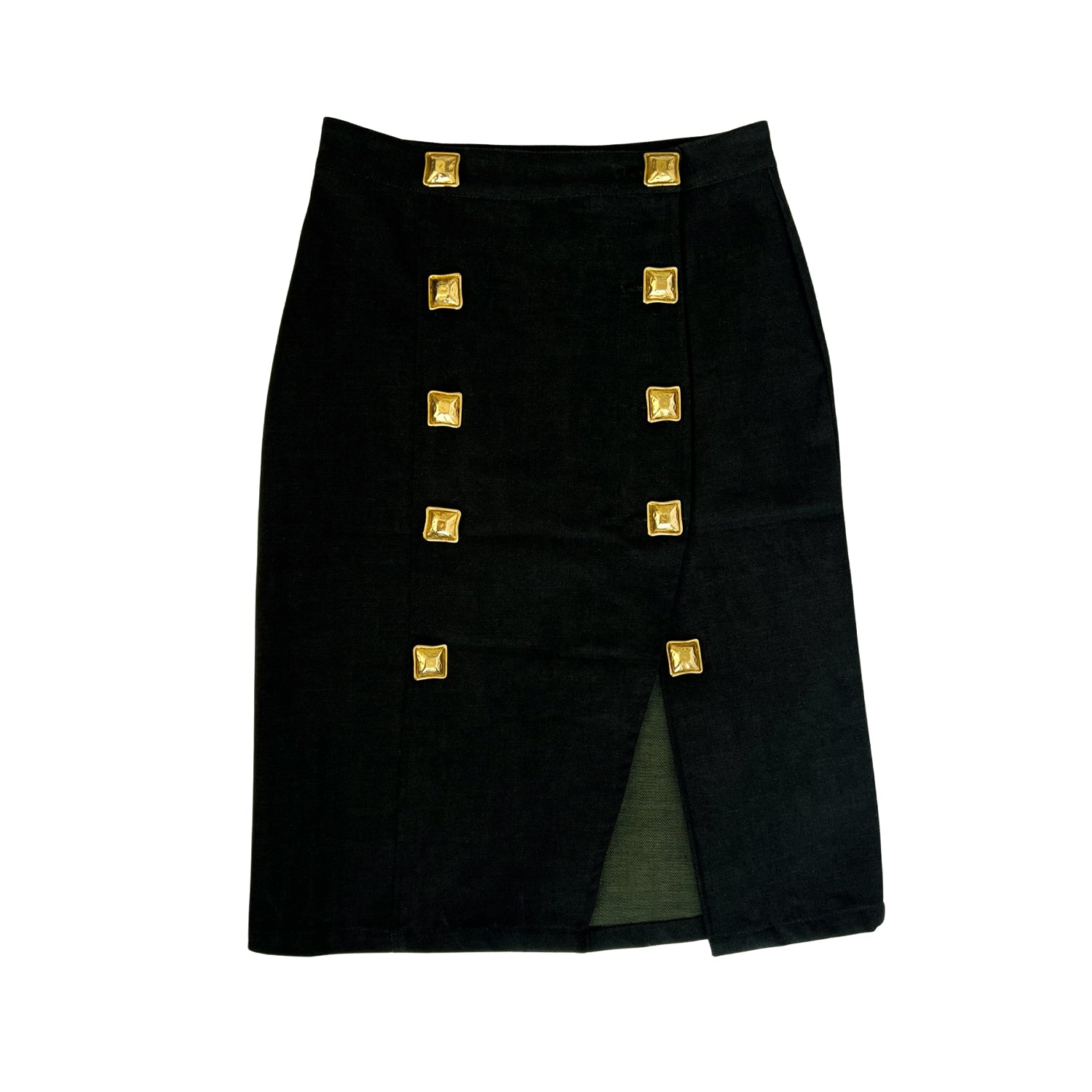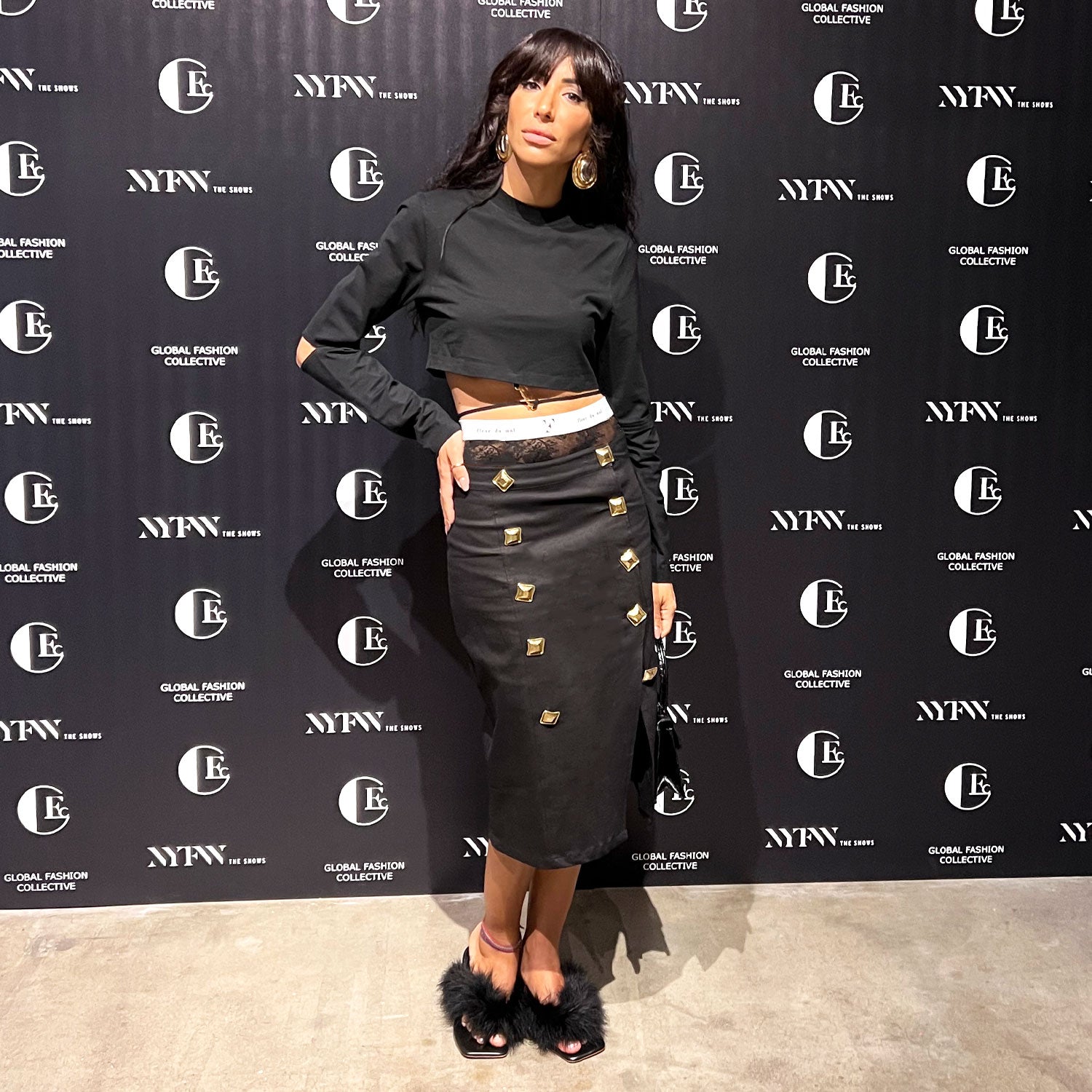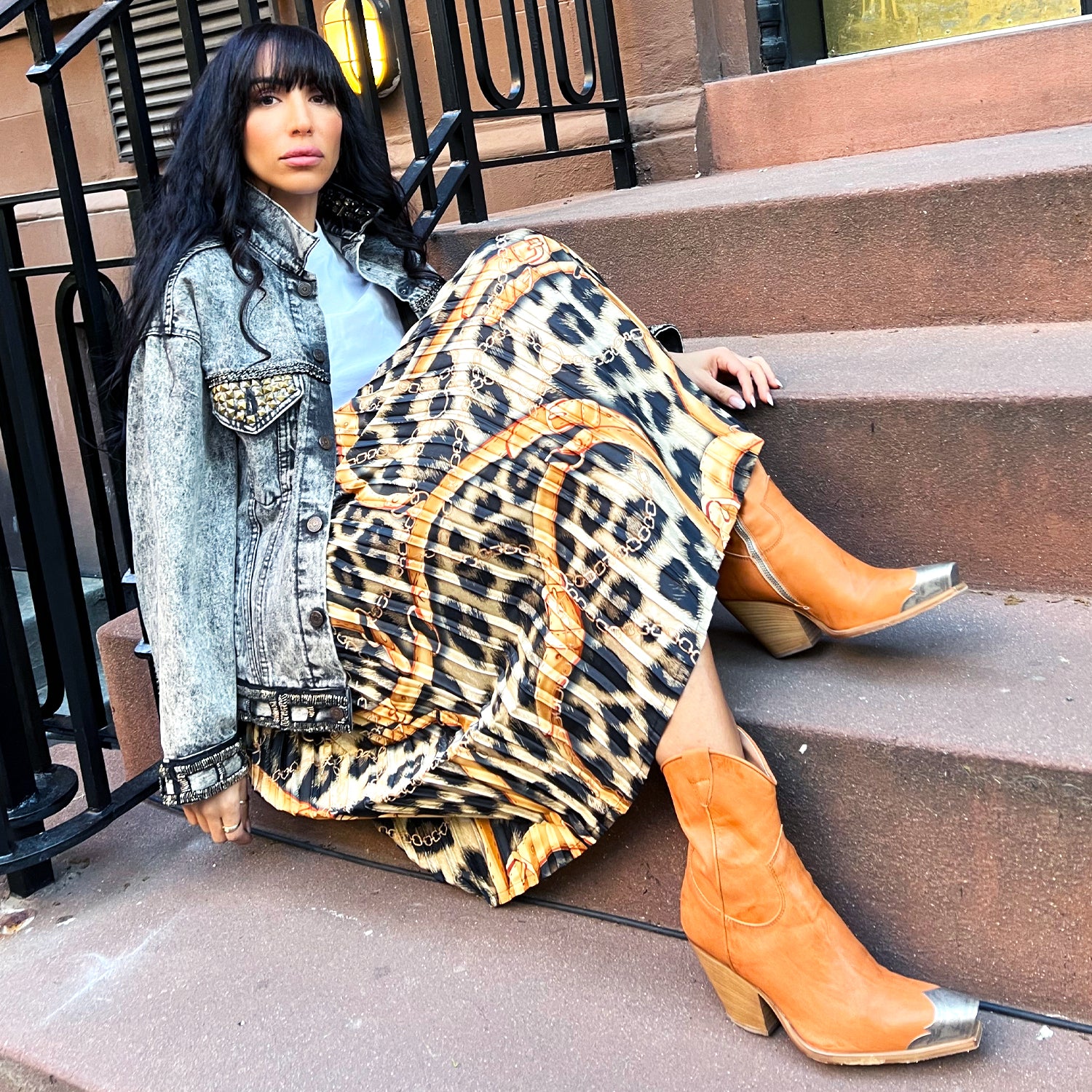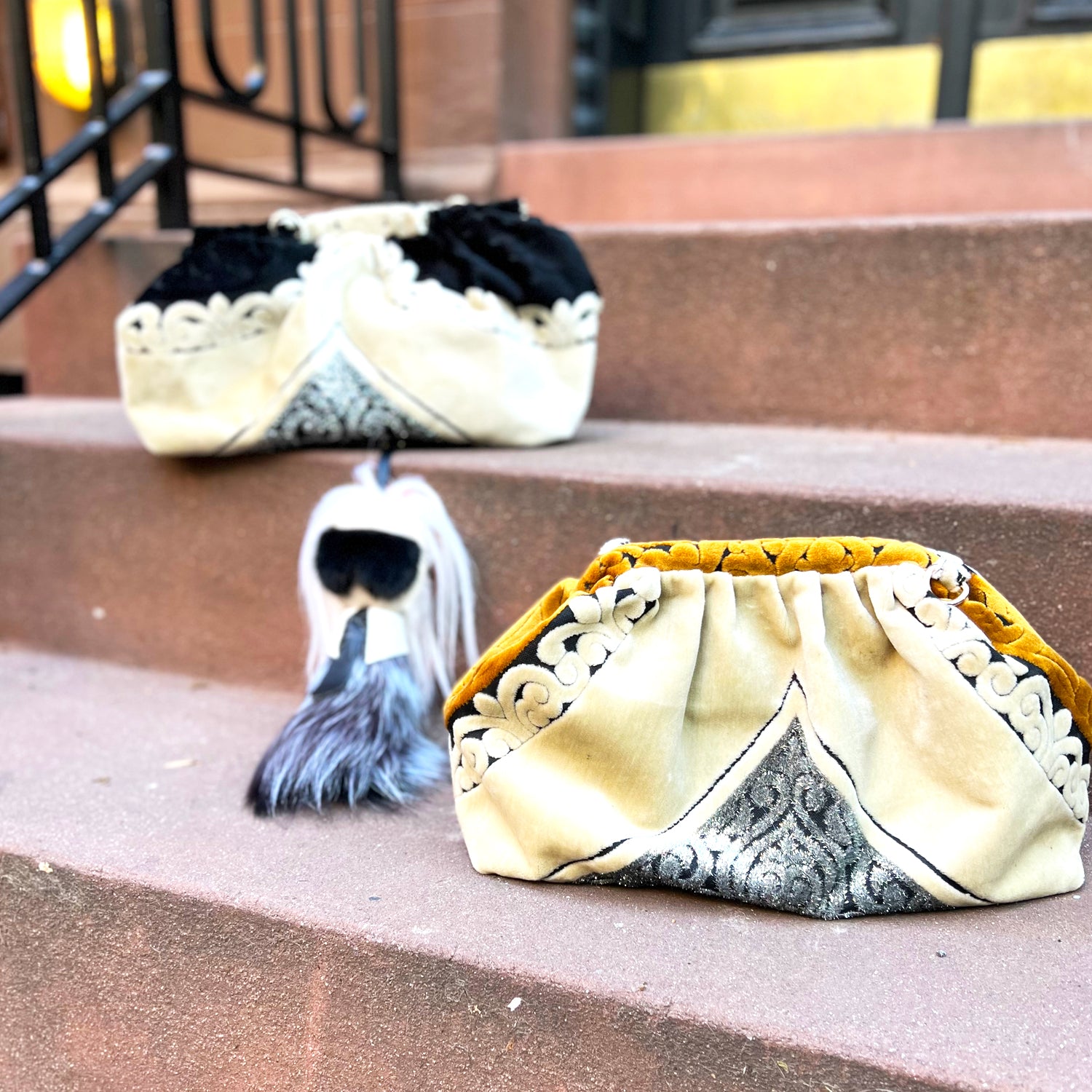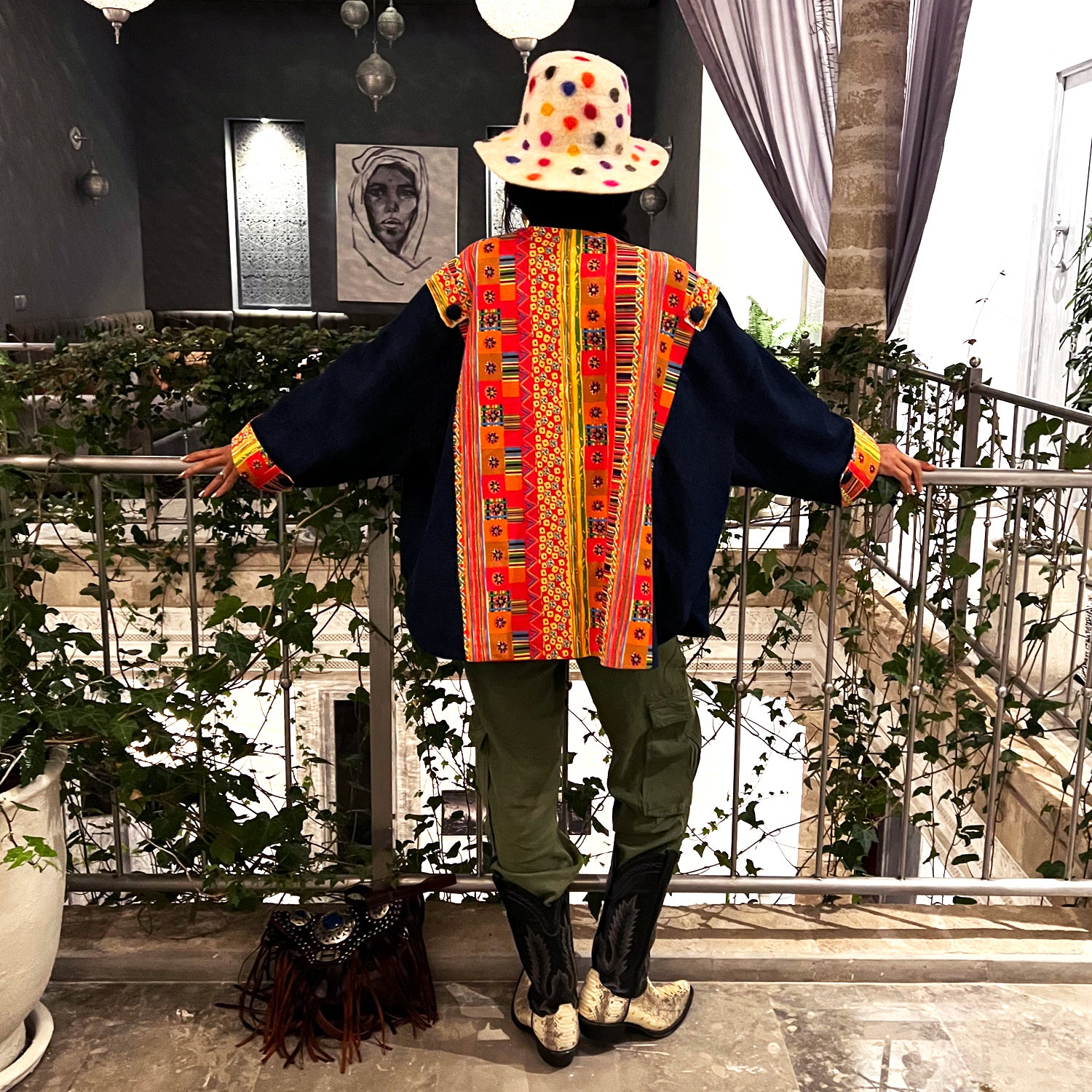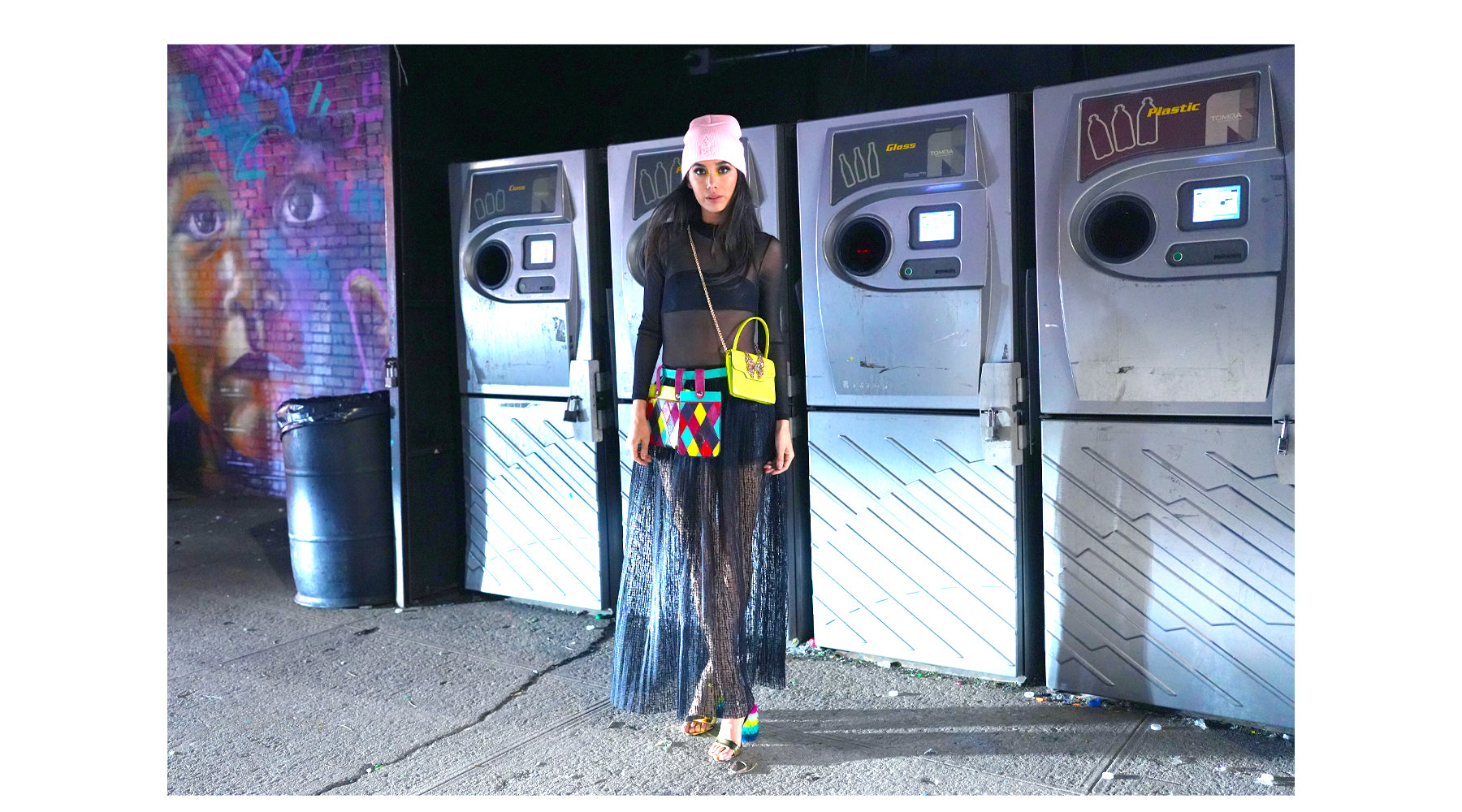
The Phrase That Started It All— "Who are you Wearing?"— is arguably the most frequently asked question on the Red Carpet at just about every awards show and celebrity-studded gala.
But before the 1990s carpet culture was starkly different than it is today. Formerly reserved for royalty, the red carpet has been a Hollywood fixture since 1922 when Sid Grauman hosted the premiere of Robin Hood at his Egyptian Theater. Previously a catwalk for celebrities to show off their extravagant gowns and jewels, the earlier red carpets received very little media exposure at all.

Until 1995, when E’s Joan and Melissa Rivers took over, and the carpet took on a whole new color.
As stars made their way down the red carpet, Joan and Melissa would stop the celebs for an interview and then ask the proverbial question, "Who are you wearing?" Celebrities would share the name of their dress designer, raising many a-design houses to new levels overnight. The exposure made unknowns known and gave celebs a brand new power on the catwalk as designers vied to be the answer to the Red Carpet question, transforming the culture of the moment before the moment forever. The rest, as they say, is red carpet history.
Today’s red carpet, still synonymous with the Oscars, other award shows, and of course, the Met Gala, the parade of stars outside the theater has become as important to the fashion industry as the ceremony is to film.
As far as transformation goes, stars have also made huge leaps as a result of their appearance on the red carpet over the years. In fact, there are plenty of instances where these transformational appearances catapulted actresses to a new level of “stardom.”
In the ’80s, Cher traded in her choppy mullet for a sleek updo, highlighted her vivid violet gaze with fuchsia cheeks, and adorned dazzling winged ear adornments. In 2004, Amber Valletta took cues from Marie Antoinette with a powdered blonde pouf, swirls of rosy blush, and a dress right out of history books.

A theme that begged for a renegade turnout was the Met Gala’s 2013’s “Punk: Chaos to Couture,” when Miley Cyrus spiked up her platinum pixie for an electric-shock effect. For Rihanna, at the 2015, “China: Through the Looking Glass” gala, she made waves on the red carpet donning a gilded crystal floral headpiece atop a crimson bob to punctuate a yellow robe by Chinese designer Guo Pei.
Finally, for last year’s gala, making a homage to the “In America: A Lexicon of Fashion,” theme, Billie Eilish unveiled a new Marilyn Monroe-inspired look complete with soft feline flicks and platinum blonde bob.
The red carpet has also been a site for political commentary and activism. From Elizabeth Taylor wearing a red HIV/AIDS ribbon in 1992 to Emma Stone sporting a Planned Parenthood pin in 2017.
In recent years, high-profile social media campaigns, like #AskHerMore to #OscarsSoWhite to #MeToo, have forced the entertainment industry to reckon with the ways in which women, LGBTQ people, and people of color are treated and represented in the entertainment business. This was evident at the Golden Globe Awards where most attendees wore black to show support for Time’s Up, an initiative dedicated to ending sexual harassment and gender discrimination in the workplace.
The red carpet has gone through many other transformations over the years, but the one that seems to be eluding it is a genuine shift to sustainability.
Is the red carpet getting greener?
Affectionately referred to as “fashion’s biggest night out,” the Met Gala is a fundraising benefit for the Metropolitan Museum of Art in New York City. The event welcomes celebs, A-listers, young creatives, and industry paragons.
This year, the Gala's theme was “Gilded Glamor,” and attendees were asked to dress the part as an homage to the Gilded Age of New York, the time period between 1870 and 1890.
A time of innovation and prosperity, the Gilded Age of Fashion was marked by the unique mix of fabric combinations. In the spirit of the era, eco-consciousness and sustainability were the stars of the show as some A-listers chose vintage or repurposed items, while others were dressed in upcycled luxe fabrics. This innovative way of thinking, which tapped into the creative use of mix and match fabrics seen in the late 19th century, was hoped to show how designers are creating new garments with deadstock fabrics, upcycling and more, and a handful of stars were eager to show off their social consciousness.
And the good news is sustainability has become a growing trend on the red carpet in recent years — and this year’s Met Gala gave it a go.
Lorde was one celeb that showed up eco-conscious wearing designs by Emily Bode, who created a custom embroidered two-piece that celebrated the Arts and Crafts movement, and a printed gown by Collina Strada, a New York-based brand that uses deadstock and other sustainably-sourced materials.
Gabriela Hearst completed the trio of American designers flying the flag for sustainable fashion, dressing Gillian Anderson in Chloé and Maria Sharapova in her namesake label and Stella McCartney was behind Julia Garner’s shimmering designs made with recycled ocean plastic.
But, with articles still placing the focus on “big questions” like “Met Gala 2022: The Best Diamond Jewelry Looks from the Red Carpet,” the hopeful “greening” up of the red carpet seemed to be lost in the glitz – once more. Red carpet vets and emerging stars made statements on the Met’s iconic arrival staircase wearing diamond-centric outfits and over-the-top jewels.

In one of the most iconic moves of the night, Kim Kardashian made Met Gala history in the Jean Louis-designed dress Marilyn Monroe wore when she sang “Happy Birthday” to JFK in 1962, a feat only Kim could pull off. Noted as a “recycled” gown, (seriously?) she accessorized the dress with 18-karat white gold Cartier diamond earrings. Sustainable? Hmm?
Emma Stone also made an attempt to wear a “reused simple dress” to the 2022 Met Gala, but that short white gown, actually her wedding dress, was a far cry from making a statement for eco-consciousness, as the dress, a Louis Vuitton design, wasn’t exactly a show of big sacrifice to wear twice.
And the Oscar goes to ... wastefulness, once more
The Met Gala’s meager attempt at nodding to the sustainable movement fell short, but – baby steps, right?
Award show season 2022, on the other hand, took an entirely different look. By different, we mean it was really the same-old, same old. While some celebs attempted to go greener on this year’s red carpet, most missed the mark entirely, staying true to red culture.
After two years of sickness, death, masking, quarantining, and social distancing, there were high hopes to see a greener, slightly more empathetic red carpet this year.
But times of tribulation didn’t seem to add any new color to the Oscar rainbow, as Hollywood's elite re-emerged at the 2022 Academy Awards with over-the-top gowns, as-expected glam, and lots of privileged drama making a reappearance.

But, when it came to sustainability, the Oscar went to….wastefulness and an absence of eco-consciousness.
Certainly, this is no dissing to the celebration of the arts. But the excessive nature of these award shows was especially offensive this year. After two years of politics, protests, and the pandemic, it would have been nice if something changed – even just a little.
But 2022’s awards show looked like any other year with pounds of paper and plastic waste, single-use outfits, and stars arriving in private jets and limos stamping a loud-as-ever carbon footprint.
With organizers and attendees attempting to become more carbon-neutral, this year's Academy Awards, which embraced some efforts like serving plant-based, vegan appetizers in the lobby before the show, the real star of the show was a return to wastefulness. Even more hypocritical, celebrity gift bags that were filled with token earthy items like garden supplies and farmstand produce, also included cruises on luxury yachts.
As there was a hope that more celebs would choose to take a more sustainable and eco-friendly approach when picking their gowns, only a handful decided to actually recycle their previously worn attire.
Despite the influence of designers like Jean Paul Gaultier, whose Paris show in January featured upcycled haute couture, and Phoenix,
who won kudos in January for sticking with the same tuxedo throughout the award season, not many other stars followed suit, choosing to wear new gowns once again.
Sadly, rising designers like Daniel Silverstein, who creates clothing from remnants and scraps, did not receive any red carpet requests for his Zero Waste Daniel label.
So with all the glitz and glamor on display, the question still remains… is so much excess acceptable? In an industry that’s self-proclaimed as being environmental and eco-conscious, why is so little emphasis placed on the upcycled movement?
Why then, instead of asking “Who are you wearing” on the red carpet, is the question not “Who are you helping?”
Good question!
Not saying these fashions aren’t forward but the sentiment behind buying new clothes to wear one time is so backward. Just saying… in times like this, wouldn’t it be nice if entertainment award shows and galas would place a greater emphasis on helping humanity and the planet by placing greater importance on the zero-waste and the less is more movements?
After all, in an industry that prides itself on being so down to earth, quick to criticize the fashion industry for its careless disregard for the planet, the only real difference between these star-clad gala award show gowns and the fast-fashion biz is the price tag.
Because regardless of if a particular dress costs $25 or $25,000, the price the planet pays is equally absurd. And celebrities should put their money where their mouths are by boycotting new fashion and featuring a lot more upcycled style and a lot less wear-once- and toss at the next award show season.

But while we didn’t hear much about sustainable fashion or zero waste at the Oscars, one designer set out to combine style with sustainability at the Academy Awards. Ghizlane Sabbahe, the brains (and beauty) behind L2R, a zero-waste, planet-friendly, and gender-fluid NYC brand, proved that you don’t have to be wasteful to be wonderful.
Tasked to create a gown for a friend attending the event, Ghizlane was up to the challenge.
The Red Carpet gown designed for the 2022 Oscars was 100% upcycled, made entirely from deadstock, recycled gems, and previously worn garments, holding steadfast to the L2R brand’s commitment to a zero-waste philosophy.

Using a vintage piece, a well-worn and well-loved dress, with its still-in-great-shape sequins, beading, and luxe fabric, L2R designers worked their magic reconstructing the piece into a one-of-a-kind gown fit for a gala. Ghizlane and her team sourced additional silk deadstock textiles to create a coordinating cape.
A treasured dress that might have been tossed into a landfill, and replaced with a new item, sourced from “somewhere,” using valuable natural and human resources, was crafted to fit the wearer’s taste, body shape, and lifestyle perfectly. Like a story straight from a Hollywood tale, L2R took a torn and tattered dress and transformed it into a ball gown fit for a princess. (And this gown would last long past midnight!)
In keeping with the brand’s zero-waste philosophy, the L2R team took a destined-for-the-dumpster dress and gave it a second chance at life, turning the red carpet just a little bit greener.

L2R designers proudly created this gown and cape ensemble using absolutely nothing new, in keeping with the brand’s zero-waste philosophy.
Editor’s note: If more celebrities and public figures would eco-consciously use their platforms to bring attention to environmental and humanitarian issues by looking to zero-waste, eco-kind, sustainable brands and designers like Daniel Silverstein, Stella McCartney, and L2R to create their fashions for galas and other media-frenzied events, there just might be a greener future for red carpet culture.

About the author
Eileen Honey Strauss is an American journalist and freelance lifestyle copywriter, specializing in the beauty, fashion, food, and design industries. A graduate of Arizona State University, with a BS in Broadcasting, Eileen has been a professional writer for over 15 years. See more articles by this author @eileenhoneystrauss.com.

